Incredible footage showcases an other-worldly moon.
On Friday, NASA released a time-lapse taken by the Perseverance rover of a Martian moon named Deimos.
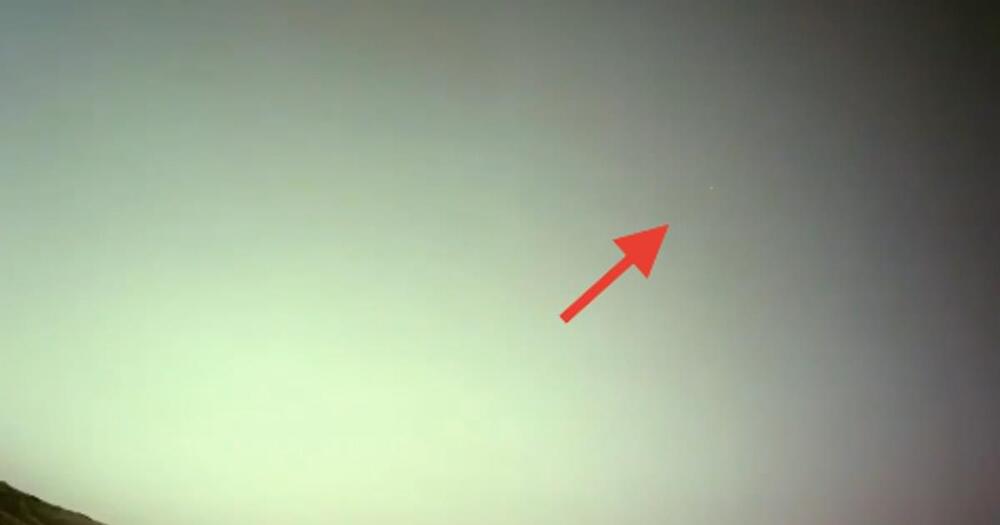
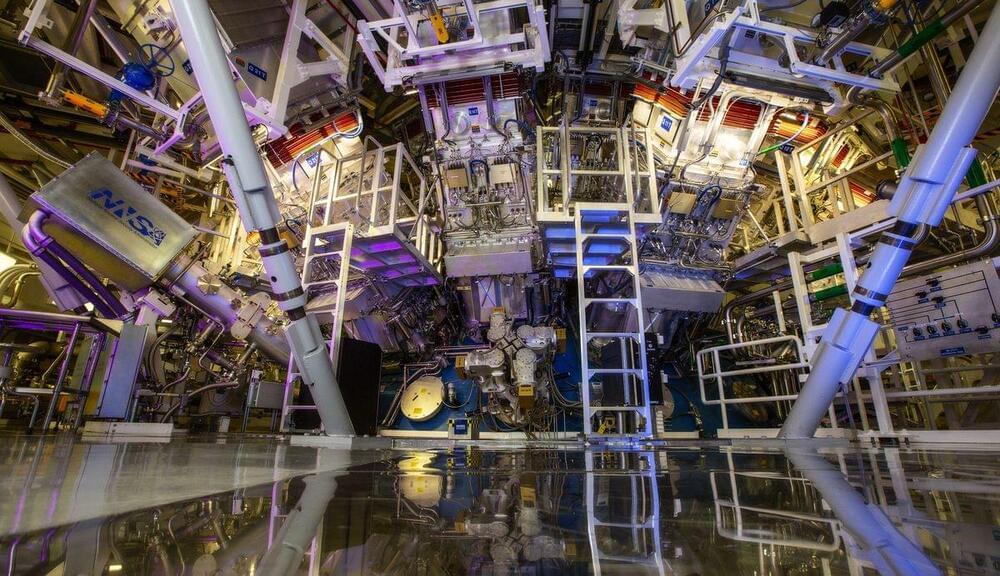
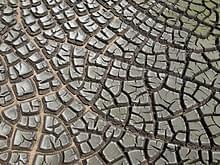
Purple is the new black.
Purple bacteria are poised to turn your toilet into a source of energy and useable organic material.
Household sewage and industrial wastewater are very rich in organic compounds, and organic compounds can be very useful. But there’s a catch: we don’t know of any efficient way to extract them from the eww goo yet. So these resource-laden liquids get treated, and the material they contain is handled as a contaminant.
New research plans to address this problem — and by using an environmentally-friendly and cost-efficient solution to boot.
From voice-controlled personal assistants to smart robots on factory floors, Artificial Intelligence is having a profound effect on our lives. No surprise then that countries all over the world are trying to stay ahead of the curve. But when it comes to investment, who’s putting their money where their mouth is?
Looking at private funding, the United States leads the way — with well over 23 billion dollars going into the sector last year.
Coming in second is China, with almost 10 billion dollars. That said, Chinese state investment is particularly significant.
And the European Union falls far behind, with investment of just over 2 billion dollars.
So why is the EU lagging? And does Germany — its largest economy — have any plans to play catch-up? An example of AI in action can be found at a Rolls Royce control room just outside Berlin.
Robots destroy jobs and artificial intelligence will soon make us all superfluous. We’ve all seen headlines like that. But the reality of the situation looks a little different. Artificial intelligence is nothing more than a system that processes large amounts of data and makes predictions about the future based on that data. Engine manufacturer Rolls Royce has been a fan of AI for a long time.
Even in emergencies, it keeps its cool. In the control room at Rolls Royce just south of Berlin, safety engineers monitor more than 9,000 airplane engines worldwide. Long before the owners of the commercial jets would even notice a defect, the systems here sound the alarm. Artificial intelligence at work.
The systems are fed massive amounts of data. Then the owners of the aircraft are informed. The plane can then be taken in for maintenance long before the problem becomes expensive or life-threatening.
In the adjacent building, engines are assembled. Many parts are custom-made, previously developed by the design engineers, who also use artificial intelligence. For example, how would it affect the engine if certain components are changed? AI helps to find the best method.
The Center for Artificial Intelligence opened at the Dahlewitz site near Berlin in 2019. People here aren’t afraid that artificial intelligence will take their jobs.
In fact, the mechanics will probably have to install even more sensors and cables in the future. After all, in about five years’ time, the plan is for the aircraft to fly here with hybrid drive systems — based on sustainable fuel and electricity.
Subscribe: https://www.youtube.com/user/deutschewelleenglish?sub_confirmation=1
For more news go to: http://www.dw.com/en/
Follow DW on social media:
►Facebook: https://www.facebook.com/deutschewellenews/
►Twitter: https://twitter.com/dwnews.
►Instagram: https://www.instagram.com/dwnews.
Für Videos in deutscher Sprache besuchen Sie: https://www.youtube.com/dwdeutsch.
#ArtificialIntelligence #AI #RollsRoyce
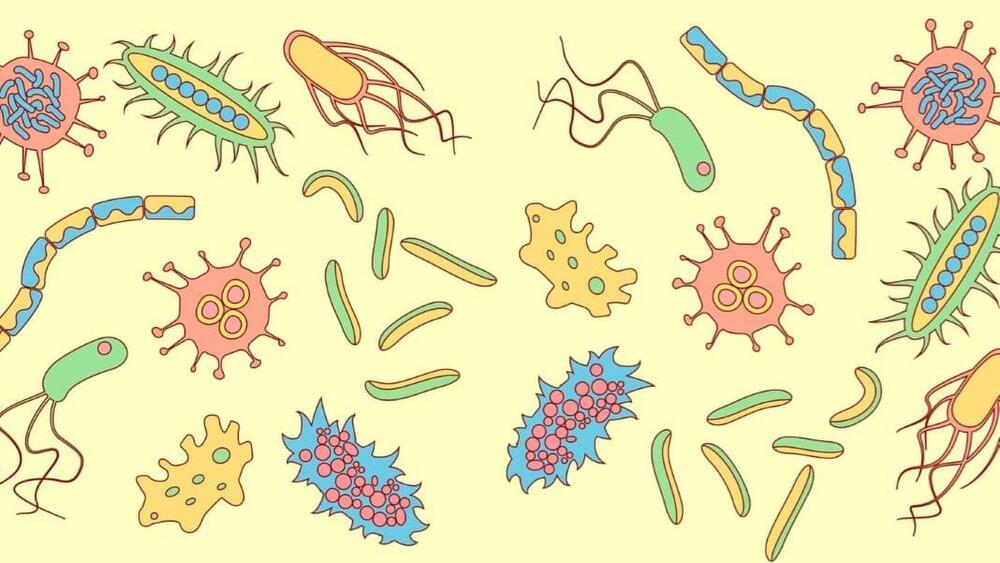


AI has finally come full circle.
A new suite of algorithms by Google Brain can now design computer chips —those specifically tailored for running AI software —that vastly outperform those designed by human experts. And the system works in just a few hours, dramatically slashing the weeks-or months-long process that normally gums up digital innovation.
At the heart of these robotic chip designers is a type of machine learning called deep reinforcement learning. This family of algorithms, loosely based on the human brain’s workings, has triumphed over its biological neural inspirations in games such as Chess, Go, and nearly the entire Atari catalog.
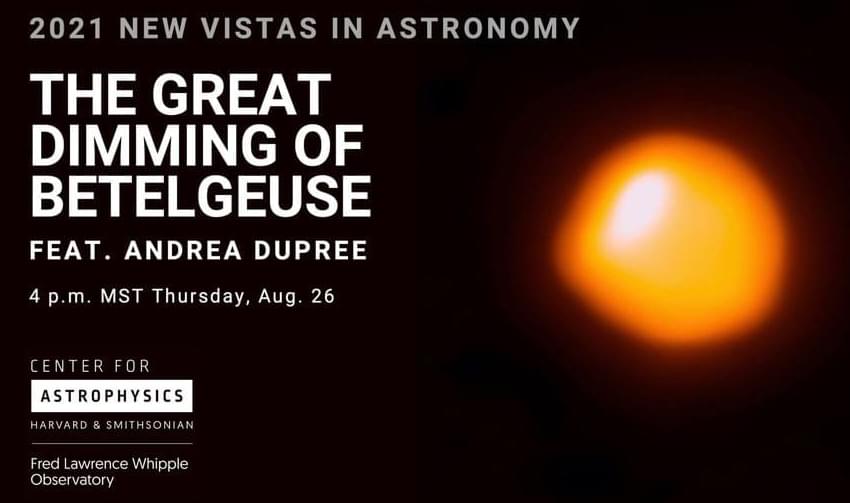
Harvard & Smithsonian, where she directs the Solar, Stellar and Planetary Sciences Division. She is a past President of the American Astronomical Society and holds degrees from Wellesley College and Harvard University. Her interest in the star Betelgeuse began in the mid-80’s with measurements from satellites that documented the 420-day pulsation period of Betelgeuse. She also led the extraordinary team that captured the first image of a star other than the Sun – an image of Betelgeuse taken with the Hubble Space Telescope in ultraviolet light – revealing its brightly varying surface.

Obstructive sleep apnea is widely “underrecognized and underdiagnosed.” But individuals with moderate to severe sleep apnea have a notable elevated risk of mortality from cancer and stroke compared to individuals without. People with obstructive sleep apnea and parasomnia have higher risks of breast cancer. The same study finds that parasomnia also increases the risk of oral cancer.
Update 8/23/2021: This post has been updated since we originally published it in October 2020. I evaluated additional top sleep trackers and apps for 2,022 added Biostrap, updated the post to reflect most recent pricing, and added additional commentary on my reviews. The post has been cleaned up and links were made current.
I didn’t used to have a harmonious relationship with sleep. In fact, sleep used to be a source of anxiety for me. I have parasomnia, an amalgam of disorders that, occasionally, give me hypnopompic hallucinations Severe hallucinations when waking up from a deep sleep. 0 night terrors Nightmares that lead the dreamer to wake up screaming and thrashing without recollection of the dream itself 0 and, most dangerously, somnambulism The fancy word for ‘sleepwalking.’ 0 which has led me to drive while sleeping and scare the living piss out of my poor husband after we watched Paranormal Activity together (it didn’t help that I was mutely standing over him at 4:15 AM with my eyes wide open).
So it should come as no surprise that I’ve built quite the relationship with my own sleep metrics and have more than a layman’s knowledge of sleep science. Which brings me to this article.

Dravet syndrome (DS) is a developmental and epileptic encephalopathy with an increased incidence of sudden death. Evidence of interictal breathing deficits in DS suggests that alterations in subcortical projections to brainstem nuclei may exist, which might be driving comorbidities in DS.
Summary: Researchers have identified a circuit within the brain that may be responsible for respiratory dysfunction and sudden death associated with Dravet syndrome.
Source: Vanderbilt University
Risk of sudden unexpected death in epilepsy (SUDEP) is among comorbidities present in Dravet Syndrome (DS), a rare, catastrophic form of epilepsy in which seizures begin in infancy, with most cases due to mutations in a single gene, SCN1A.
Breathing issues have been reported in patients and in mouse models of DS, and a recent study implicated respiratory decline in SUDEP in DS mice.